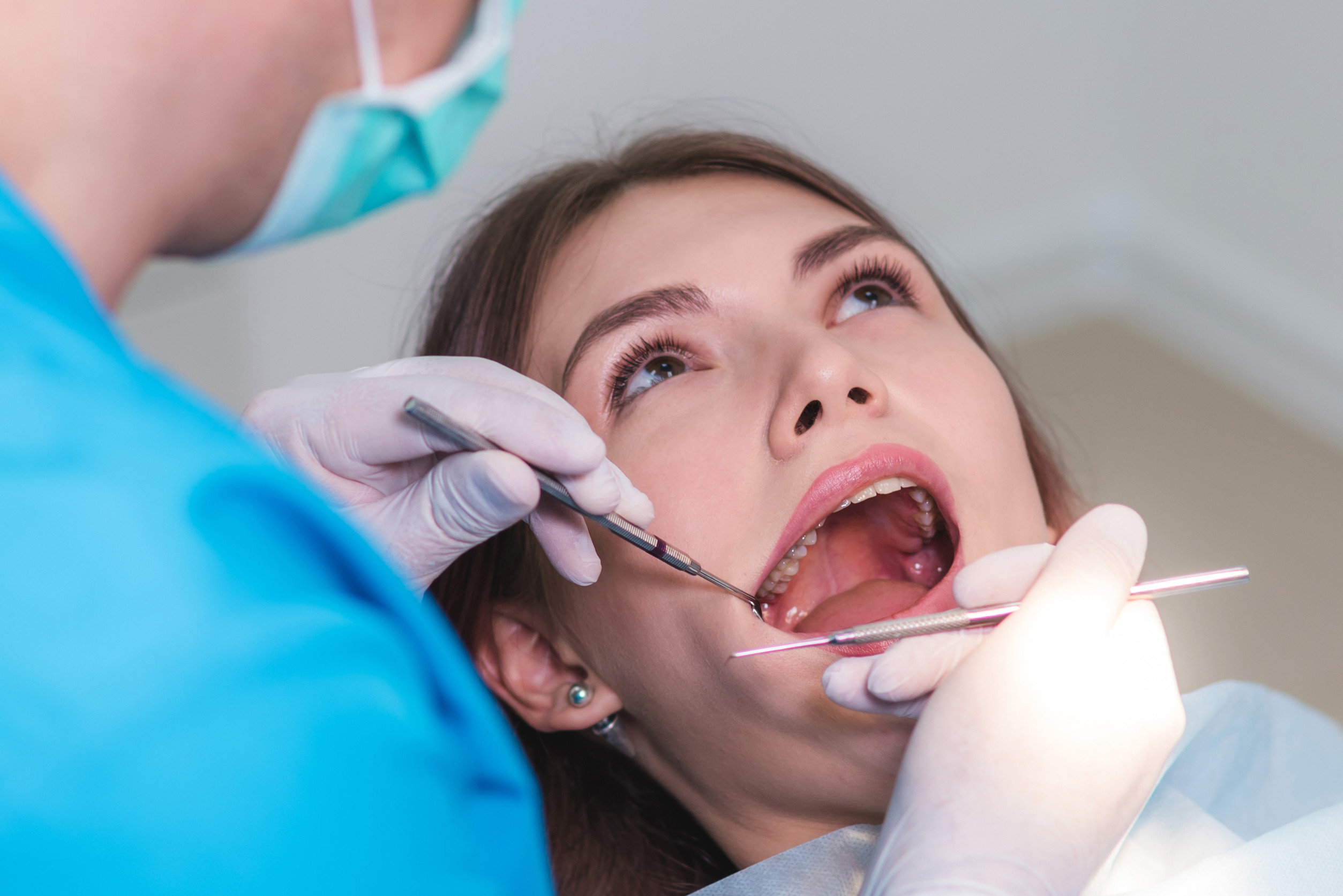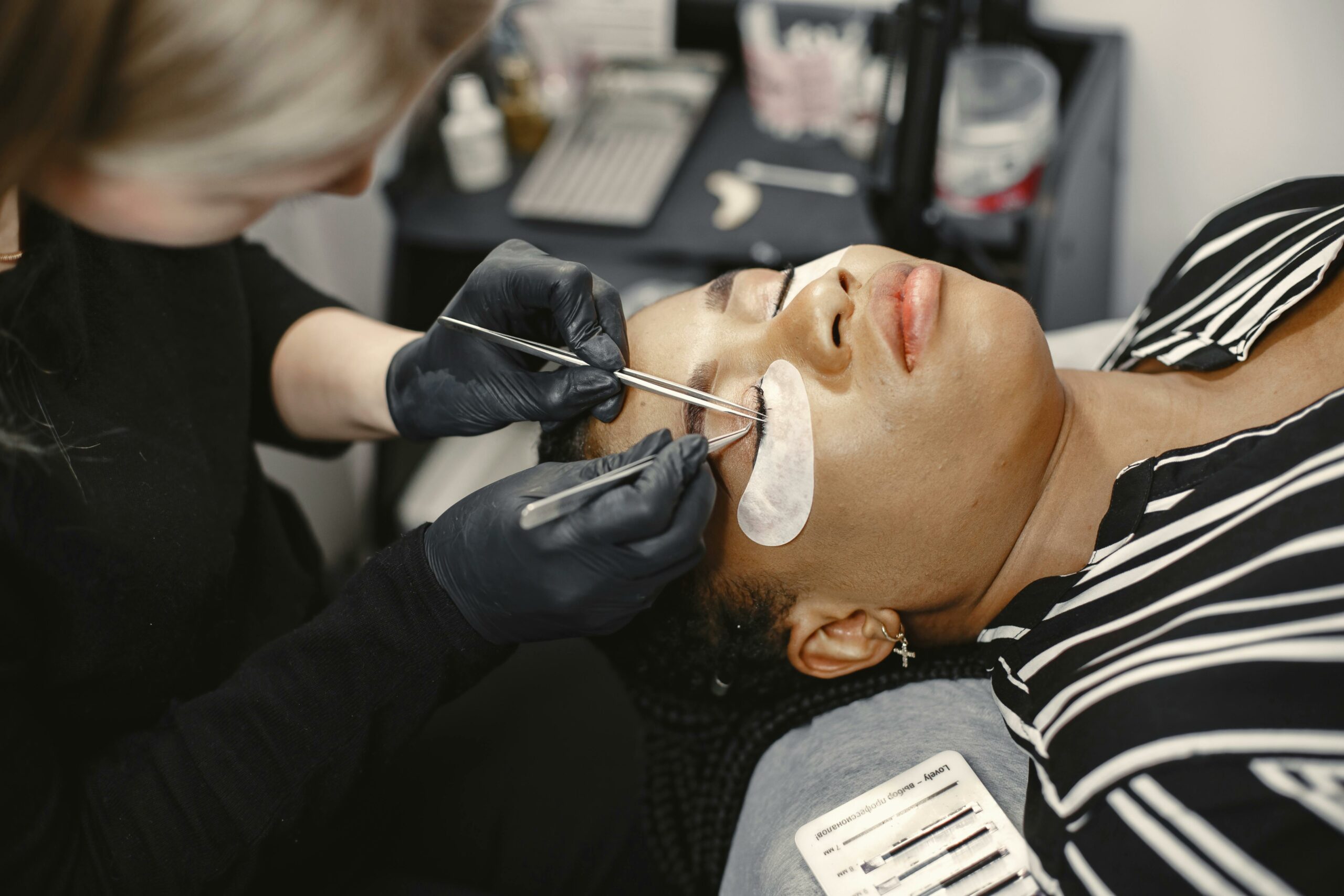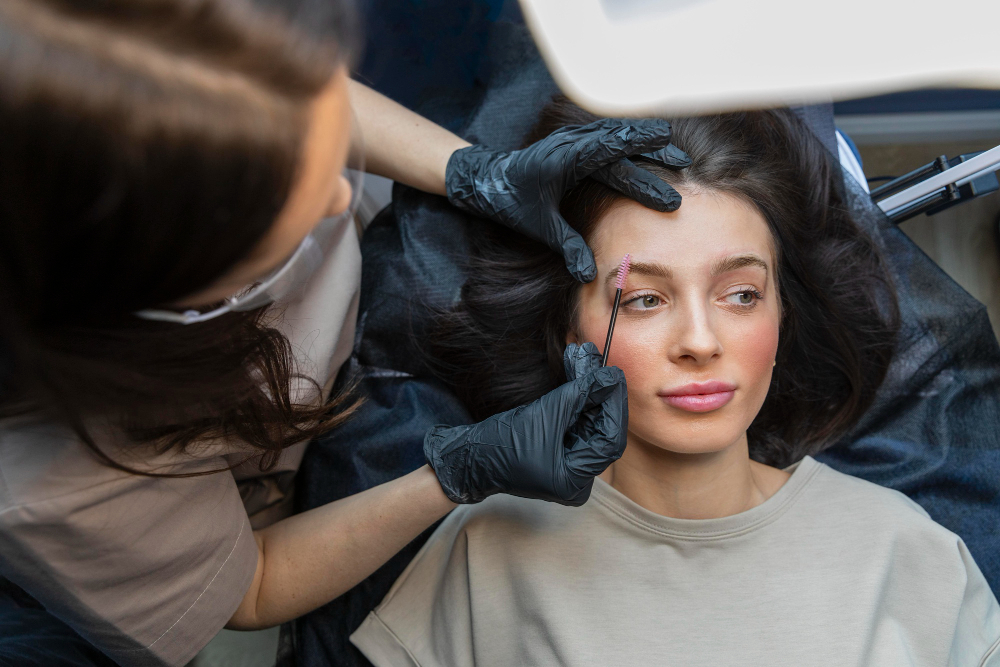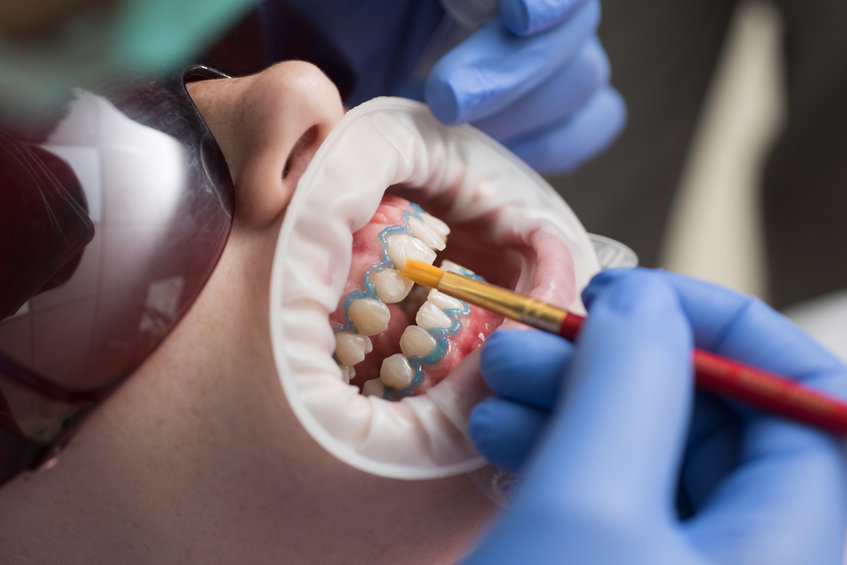The smile plays a key role in facial aesthetics and has a decisive impact on social interactions. Thanks to advances in dentistry, it is now possible to radically transform both appearance and oral health through tailored treatments. The results observed before and after treatment clearly illustrate tangible changes, visible on both aesthetic and functional levels. Analyzing the different techniques highlights the importance of these solutions in restoring confidence and improving quality of life.
Before/After Dental Implant: a Step-by-Step Guide
The loss of a tooth is a challenge for many patients, as it affects not only the appearance of the smile but also the ability to chew properly. Before an implant is placed, the jaw often shows a visible gap or bone fragility that accentuates functional difficulties. Missing teeth can also cause progressive bone resorption and significant social discomfort. Modern implantology provides a reliable solution by recreating an artificial root using a titanium or zirconia screw inserted into the bone. The objective is to regain a stable anchor capable of supporting a crown that perfectly mimics the natural tooth.
After implant placement, the change is striking. The patient regains a complete dentition, which immediately improves chewing and daily comfort. Bone integration, called osseointegration, ensures long-term stability, allowing the prosthesis to withstand the pressure of chewing. The smile’s aesthetics are restored, as the crown on the implant blends seamlessly with the natural teeth in both shade and shape. This transformation restores confidence and significantly enhances quality of life. The dental implant thus stands out as a long-term solution, often preferred to removable dentures, as it avoids the discomfort and instability associated with traditional devices.
Before the procedure, the patient must undergo preparatory steps including X-rays, bone density evaluation, and sometimes a bone graft to reinforce the area. This ensures treatment success and prepares the site for optimal implant integration. After the procedure, a healing period is required, during which the patient follows a strict care protocol to stabilize the implant. Once healing is complete, the placement of the final crown marks the end of the process and the return to a functional and aesthetic dentition.
The before/after comparison shows a spectacular evolution. Before, tooth loss leads to psychological discomfort and functional disorders. After, the dental implant restores lasting stability and a natural appearance. The patient rediscovers the pleasure of smiling freely and eating without difficulty. This oral rehabilitation demonstrates how modern techniques transform not only the smile but also daily life.
Before/After Hollywood Smile: Aesthetic Impact, Choice of Materials
The Hollywood Smile concept is based on a complete transformation of the smile, attracting more and more patients seeking spectacular results. Before treatment, teeth often show visible defects: yellowish shades, spacing, slight misalignments, or enamel wear. Patients express dissatisfaction with their appearance and seek a solution to achieve a bright, harmonious smile. This initial stage involves precise aesthetic analysis and treatment planning according to expectations.
After a Hollywood Smile treatment, the smile takes on a new dimension. Teeth become uniform, white, and perfectly aligned, giving the face a rejuvenated and attractive appearance. The choice of materials is crucial. E-max ceramic veneers are often used for their natural enamel-like translucency, while zirconia is chosen for its mechanical strength. Each material has specific advantages, and the dentist guides the patient based on functional and aesthetic needs. The effect is impressively natural, as modern veneers faithfully replicate the texture and luminosity of real teeth.
Before placement, patients may view a digital simulation of the expected outcome to adjust their expectations. This reassures and validates the project before intervention. The contrast between the initial state and the final result underlines the power of this technique. Afterward, self-perception changes radically, as a harmonious smile boosts confidence and facilitates social interactions. Patients often report a significant improvement in quality of life, feeling more comfortable smiling or speaking in public.
Hollywood Smile is not just a trend but a technical response to real needs. It combines art and science, transforming each smile into a balanced work. Before, the patient may hide their teeth or avoid photos. After, they adopt an open, radiant posture. This transformation shows that dental aesthetics is a powerful lever for confidence and self-assurance.
Before/After Crown or Veneer: Use Cases, Choosing Zirconia, E-max, or Metal-Ceramic
Crowns and veneers are two distinct solutions addressing different needs. Before treatment, patients may have teeth that are:
-
damaged,
-
fragile,
-
aesthetically flawed.
A broken, worn, or heavily decayed tooth often requires full protection with a crown. In contrast, an intact tooth with stains or slight misalignment may be treated with a veneer, which is more conservative. The choice depends on the clinical condition of the tooth and the desired outcome.
After crown placement, the tooth regains its strength and functionality. The chosen material fully covers the damaged tooth, providing durable protection. Zirconia is valued for its exceptional resistance, while metal-ceramic combines strength with aesthetics. E-max crowns, made of lithium disilicate, stand out for their enamel-like translucency. After treatment, the dentition appears homogeneous, strong, and able to withstand chewing forces.
A veneer, on the other hand, is a thin shell bonded to the visible surface of the tooth. After placement, the smile gains brightness and harmony without heavy intervention. E-max veneers stand out for their finesse and ability to mimic natural tooth shade. The before/after effect is striking, as even a subtle surface modification transforms the overall smile. Patients regain confidence in their appearance with immediate results.
The choice between crown and veneer depends on factors such as structural condition, material, and budget. Before treatment, precise analysis helps select the best option. After treatment, results show that each solution has specific advantages: crowns provide durability and strength, while veneers prioritize aesthetics and tissue preservation. In both cases, the before/after contrast illustrates how modern techniques restore the balance between function and beauty.
Before/After All-on-4/All-on-6: Full Reconstructions, Process, Results
The complete loss of teeth disrupts patients’ lives, affecting both aesthetics and function. Before All-on-4 or All-on-6 rehabilitation, the mouth often shows total edentulism with advanced bone loss. Traditional removable dentures offer only limited solutions, lacking stability and often causing discomfort. Patients frequently report difficulty chewing and social insecurity from the fear of prosthesis movement.
After All-on-4 or All-on-6 reconstruction, everything changes. These techniques involve placing four or six strategically positioned implants to support a full arch of fixed teeth. The result is exceptional stability and functionality similar to natural dentition. Patients regain the ability to eat without restriction and smile confidently. The aesthetics are remarkable, as fixed prostheses perfectly imitate natural teeth in both shape and shade.
Before surgery, the protocol includes X-rays, 3D scans, and sometimes bone grafting to reinforce anchorage. This preparation ensures successful treatment. After surgery, patients often receive a provisional arch immediately, offering instant transformation. The final version, placed after healing, ensures optimal comfort and long-lasting results.
The before/after contrast demonstrates the effectiveness of these techniques. Before, total tooth loss reduces autonomy, causes social discomfort, and severely impacts confidence. After, oral rehabilitation restores chewing function, aesthetic harmony, and lasting stability. All-on-4 and All-on-6 are thus considered reference solutions for patients seeking to move away from removable dentures and regain a serene daily life.




